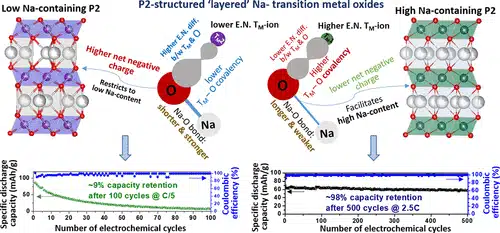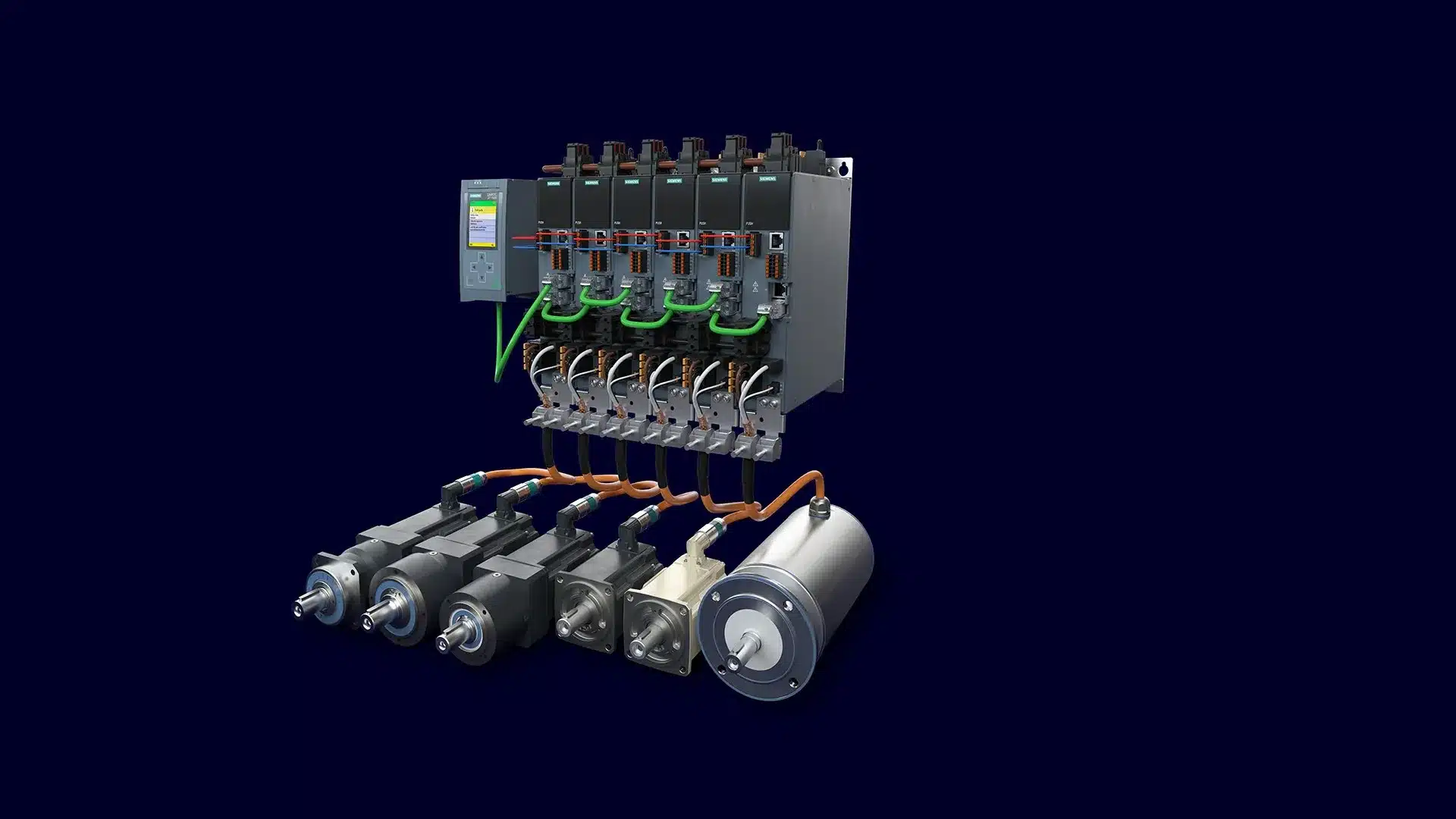
[ad_1]
Researchers at the Indian Institute of Technology (IIT) Bombay have created high-performance cathodes for Na-ion batteries to solve air/water and structural-electrochemical instability.
Sodium-ion batteries are important for climate and India’s resources. They use cathode and anode materials for charge/discharge. Good performance needs stable electrodes, Sodium (Na) transport, and low resistance. Yet, Na-TM-oxide-based cathodes need improvements for moisture stability and handling, which requires toxic N-Methyl-2-pyrrolidone (NMP) instead of water-based slurries.
Researchers at the Indian Institute of Technology (IIT) Bombay have developed new, high-performance cathode materials for Na-ion batteries that address air/water and structural-electrochemical instability issues at the same time. The new materials have good cyclic and air/water stability, making them ideal for cost-effective and sustainable energy storage in various applications, from consumer electronics and grid storage to renewable energy and electric vehicles.
The team used materials science and electrochemical principles to develop a universal design criterion for high-performance, stable cathodes for Na-ion batteries, supported by the Science and Engineering Research Board (SERB) and Department of Science and Technology’s (DST’s) Materials for Energy Storage scheme. They suggest adjusting the Na-TM-oxide cathode structure by modifying TM-O bond covalency to create “interslab” spacing. This allows for the successful design and widespread development of sustainable, high-performance Na-ion batteries. In the Na-TM-oxide structure, alternate NaO2 and TMO2 ‘slabs’ share O-ions with a net negative charge, which are ionic for Na-O and iono-covalent for TM-O bonds. By adjusting the degree of covalency in the TM-O bond through the combination of cations in the TM-layer, the net negative charge on the O-ion can be tuned to affect electrostatic attraction and repulsion between Na- and O-ions across the Na-layer.
The higher effective negative charge on O-ion due to reduced TM-O covalency strengthens the Na-O bond, reducing inter-slab spacing and improving air/water stability, suppressing deleterious structural transitions in Na-TM-oxide cathode materials. New water-stable cathodes for Na-ion batteries can be prepared via a cost-effective and environment-friendly aqueous processing route. Greater TM-O bond covalency results in weaker and longer Na-O bonds and an increased “inter-slab” spacing. The study shows that a reduced inter-slab spacing resulting from a lower effective negative charge on the O-ion due to greater TM-O bond covalency can enhance the rate-capability and power density of the cathode in Na-ion batteries.
The researchers stabilized the P2 structure for Na-TM-oxide cathode materials at a higher Na-content, enhancing Na-storage capacity and air/water stability. These findings are expected to facilitate the development of cost-effective Na-ion battery systems through environment-friendly electrode processing.
Reference :
I. Biswas, B. S. Kumar, A. Pradeep, and A. Mukhopadhyay: An O3-structured ‘Layered’ Sodium Transition Metal Oxide-based Cathode Material for Na-ion batteries; Indian Patent Application No.: 202321016587, dated 13-03-2023 (Patent filed)
B. S. Kumar, A. Pradeep, Amardeep and A. Mukhopadhyay: High Sodium Containing P2-type Sodium Transition Metal Oxide-based Cathode for Na-ion Batteries; Indian Patent No.: 406595; dated: 14/09/2022 (Patent granted)
[ad_2]
Source link






